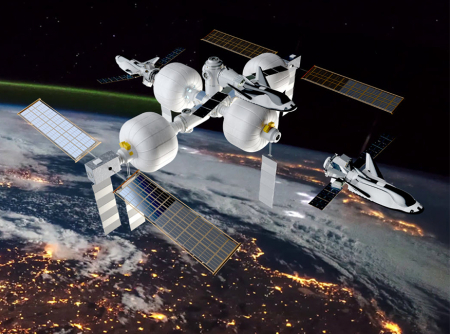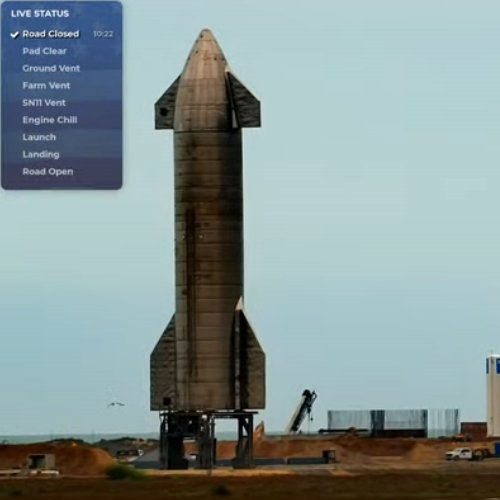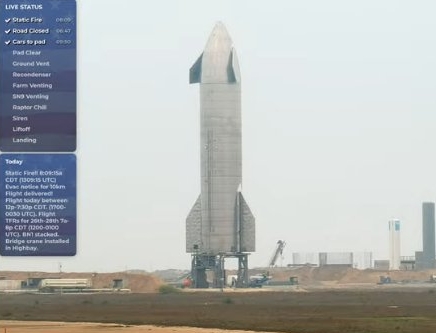Resilience successfully moves from one ISS docking port to another
With four astronauts on board the Dragon capsule Resilience tonight successfully undocked from one docking port on ISS and redocked to a different port.
This was the first time an American spacecraft had accomplished this task. It was necessary to clear the docking port that the next Dragon capsule, Endeavour, will use to bring its crew to ISS, presently set for launch on April 22nd.
Russian astronauts have piloted Soyuz spacecraft between different ports numerous times, both on ISS and on Russia’s earlier space stations. Tonight’s transfer by Resilience however was done entirely on autopilot. The American astronauts could have taken over manually at any time, but the spacecraft did the entire maneuver on its own.
There is a certain irony in how the Russians have always done this maneuver, manually, and how Resilience did this, without any human intervention. From the 1960s through the entire space shuttle program Americans and all its astronauts strongly demanded that their spacecraft be piloted, by the humans on board, rather than being controlled by software or ground control. The Russians instead insisted, at least initially, that while their astronauts had the capability of doing all maneuvers manually, their software or mission control should run things. This difference seemed to nicely symbolize the down-up nature of America versus the top-down culture of Russia.
Things are now reversed. I wonder if that tells us anything about the two cultures today.
With four astronauts on board the Dragon capsule Resilience tonight successfully undocked from one docking port on ISS and redocked to a different port.
This was the first time an American spacecraft had accomplished this task. It was necessary to clear the docking port that the next Dragon capsule, Endeavour, will use to bring its crew to ISS, presently set for launch on April 22nd.
Russian astronauts have piloted Soyuz spacecraft between different ports numerous times, both on ISS and on Russia’s earlier space stations. Tonight’s transfer by Resilience however was done entirely on autopilot. The American astronauts could have taken over manually at any time, but the spacecraft did the entire maneuver on its own.
There is a certain irony in how the Russians have always done this maneuver, manually, and how Resilience did this, without any human intervention. From the 1960s through the entire space shuttle program Americans and all its astronauts strongly demanded that their spacecraft be piloted, by the humans on board, rather than being controlled by software or ground control. The Russians instead insisted, at least initially, that while their astronauts had the capability of doing all maneuvers manually, their software or mission control should run things. This difference seemed to nicely symbolize the down-up nature of America versus the top-down culture of Russia.
Things are now reversed. I wonder if that tells us anything about the two cultures today.




